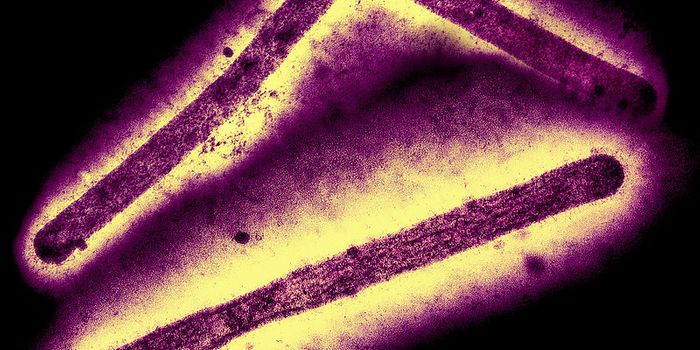The Broken Genes of the Last Woolly Mammoths
The last woolly mammoths are thought to have died out around 4,000 years ago in a remote area off the Siberian coast, called Wrangel Island. Scientists have now used genetic data to learn more about how these massive herbivores became extinct. It has been suggested that the final members carried a variety of genetic defects that interfered with their reproduction, development, and sense of smell. In this new research, the investigators confirmed that the last mammoth's genes weren't functioning properly. The findings have been reported in Genome Biology and Evolution.

"The key innovation of our paper is that we actually resurrect Wrangel Island mammoth genes to test whether their mutations actually were damaging (most mutations don't actually do anything)," said the lead study author Vincent Lynch, Ph.D., an evolutionary biologist at the University at Buffalo.
If a population goes into rapid decline, the dwindling numbers may begin to interbreed, which reduces the genetic diversity in their descendants, further endangering the animals. Harmful genetic mutations can then build up in the species.
"Beyond suggesting that the last mammoths were probably an unhealthy population, it's a cautionary tale for living species threatened with extinction: If their populations stay small, they too may accumulate deleterious mutations that can contribute to their extinction," added Lynch.
Lynch worked with an international team of researchers to compare DNA from a Wrangel Island woolly mammoth to genetic material from two mammoths that were part of larger, older populations as well as three Asian elephants. The scientists learned that the Wrangel Island mammoth DNA had unique mutations. After synthesizing all of the mutated genes, the researchers generated the proteins encoded by those genes and tested their ability to interact with their normal partners. This was done for genes that play a role in several critical functions, including detecting odors.
"We know how the genes responsible for our ability to detect scents work. So we can resurrect the mammoth version, make cells in culture produce the mammoth gene, and then test whether the protein functions normally in cells. If it doesn't -- and it didn't -- we can infer that it probably means that Wrangel Island mammoths were unable to smell the flowers that they ate," Lynch explained.
This work has confirmed and built on previous data. "The results are very complementary," Lynch said. "The 2017 study predicts that Wrangel Island mammoths were accumulating damaging mutations. We found something similar and tested those predictions by resurrecting mutated genes in the lab. The take-home message is that the last mammoths may have been pretty sick and unable to smell flowers, so that's just sad."
Sources: AAAS/Eurekalert! via University at Buffalo, Genome Biology and Evolution








